Pohmer On…Shopability…
Okay, you’ve invested in POS systems to ensure you have the right level of inventory on hand, worked with your suppliers to streamline distribution, allocated shelf space based on sales histories and developed the logistics to a justin-time philosophy… all in an effort to achieve the highest inventory turns to maximize your profitability. You’ve got the logistics side of your business nailed solid. But the news is not as good on the demand side of your business. Retailers continue to have difficulty creating shopping environments that fully engage consumers’ needs and convert desires to sales for many different reasons.
Proliferation and Duplication
One reason retailers have difficulty creating that environment is product proliferation and duplication. Retailers and suppliers often mistakenly rely on line extensions to increase sales volumes, assuming that carrying more products will generate more sales, which really only leads to an explosion of inventory SKUs.
Using another retail channel for illustrative purposes, let’s look at the supermarket industry. It wasn’t too long ago that the average supermarket carried 5,000 different items; today that same supermarket stocks 30,000 items, while a supercenter carries 100,000. This dramatic increase in store footprint and products has made it more difficult for consumers to navigate their ways through stores quickly and easily, differentiate among brands, assess product quality and easily discern the differences between all of the items offered… they are simply overwhelmed. In fact, Barry Schwartz, the author of The Paradox of Choice, (a book I highly recommend) states that, based on his research, a consumer faced with too many choices can become paralyzed into not making a purchase.
And while you constantly hear that we, as an industry, don’t provide consumers with enough information to help them make intelligent buying decisions, I often see stores that overcompensate for this inadequacy by employing so much POP that the signage and labels overpower the product. Maybe it’s not a case of too little information, but rather the fact that we aren’t providing the right information and making it readily available to facilitate the consumer’s decision process.
Limiting the Stress
A recent Datamonitor survey found that 47 percent of consumers experience significant levels of stress and anxiety while shopping. Another study stated that 45 percent of the reasons consumers identified with this feeling of stress related to the in-store environment consumers’ inabilities to easily find the products they want to purchase, long lines at check out, disorganized merchandising, uninformed or lack of store personnel and poor parking. Another 32 percent of the reasons were choice-related. Customers either found too many brands to choose from or had difficulty deciding which brand worked best for their needs, i.e., they had trouble comparing information across brands.
Try walking and shopping your own store with a customer’s mindset and knowledge base, rather than with your own L&G expert eyes, and you will probably see some of these issues, which could be intimidating your customer and inhibiting your sales potential.
Beyond the Visual Appeal
According to Raymond R. Burke of Indiana University, Bloomington, Ind., effective and efficient shopability is the capacity to transform consumer needs and desires into purchases. Many of the features that define a shopable store are things you inherently know but never consciously think about; as a result, we just assume they are in place. The first quality of superior shopability is an attractive appearance. This goes beyond the visual appeal produced through unique design and aesthetic beauty.
It’s the ability to engage customers by making a connection with their needs that drives purchases… understanding what their needs are and the appropriate and appealing selection of merchandise you offer. Your layout, lighting, fixtures and merchandising/displays all need to direct the customer’s attention to the products and benefits, while at the same time reinforcing the unique qualities and identities of your store as the brand.
The second quality is visual simplicity and transparency: A store that is easy to navigate makes the selection and comparison of product quick and easy. Customers see what they need to see and can locate the product they need without a lot of effort or confusion. Products that are seasonally appropriate are given the prime locations, not overstocked or clearance products.
Visual clutter caused by inappropriate or excessive POP is eliminated, and the information customers need to see is more easily available. The store feels comfortable and familiar, with logical organization that makes sense for shoppers. For instance, orchid food, planting mix, moss, baskets and books on orchid care are merchandised in an immediate adjacency to the orchid plants, rather than having the orchids with the houseplants, the plant food in the fertilizer section, the planting mix with the soils, etc. This not only makes it easier for consumers to buy all of the things necessary to achieve better satisfaction and increase their chances of success and enjoyment, but the potential to generate incremental sales for you is better, too.
Be an Expert
You actively take on the role of expert, acting as the filter of choices for your customers. Rather than carrying every brand known to man in an effort to demonstrate the completeness of your offerings, try narrowing the selection to what you know are the best products needed by your customers based on their demographics, environmental needs and applications. Help your customers more easily compare fewer products, reducing their confusion factor and the stress resulting from it.
In cases where the customers aren’t very knowledgeable about the product category, less is more… the fewer decisions they have to make, the more satisfied they’ll be with their shopping experiences. That’s not to say you don’t want to be complete in your assortment, but try to eliminate the confusing redundancy that carrying too many brands creates.
As you start your planning for the spring season, now’s the time to think about incorporating improved shopability into your buying and merchandising plans. And improving shopability goes beyond the merchandise and physical layout of your store; it also encompasses a different attitude by your staff, from your stocking crew to your cashiers. Start the training/re-training process now, before the season breaks.
You have lots of competition.
Your customers can easily elect to buy desired products from them rather than you. Improved shopability can be the differentiator, the tie breaker that keeps them coming back to you rather than your competition. It will take commitment on your part to make the changes that benefit your customers instead of continuing to focus on the operational aspects you’ve already perfected.
Satisfying today’s time-starved and knowledge-challenged consumer requires a new way of thinking on your part. But at the end of the day, isn’t retail really about satisfying your customers…



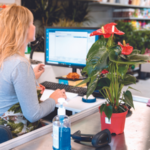


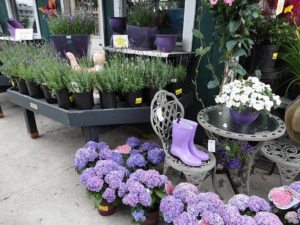

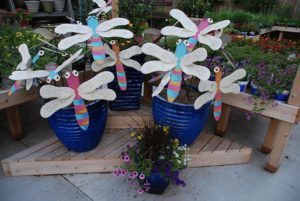
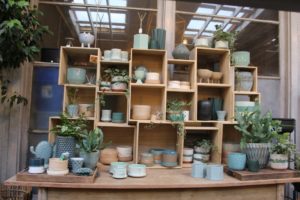

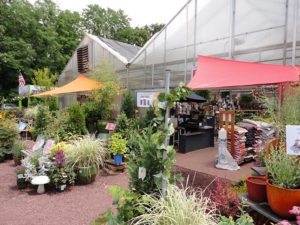
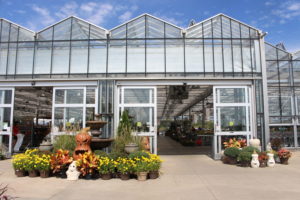
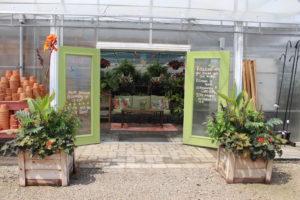
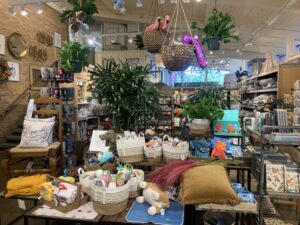
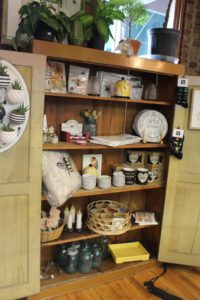
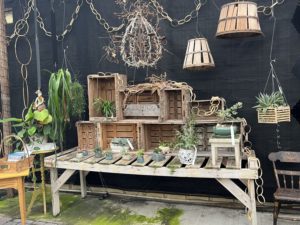
 Videos
Videos





